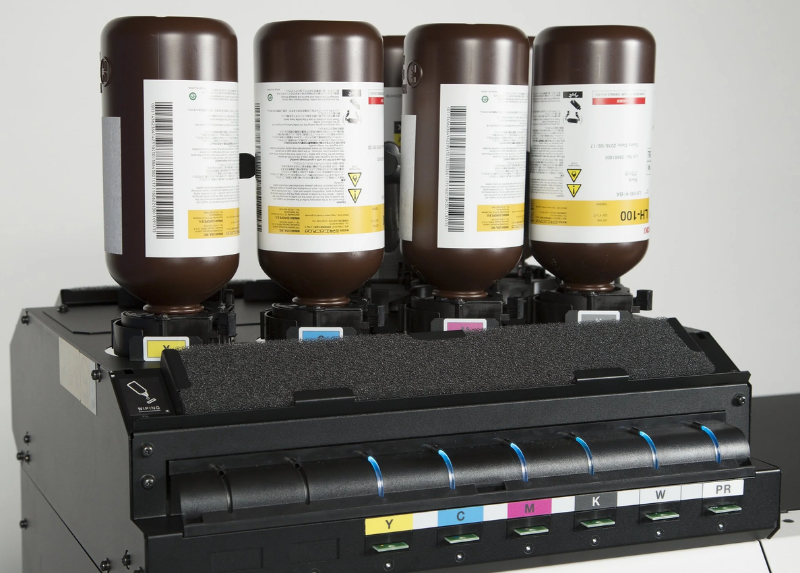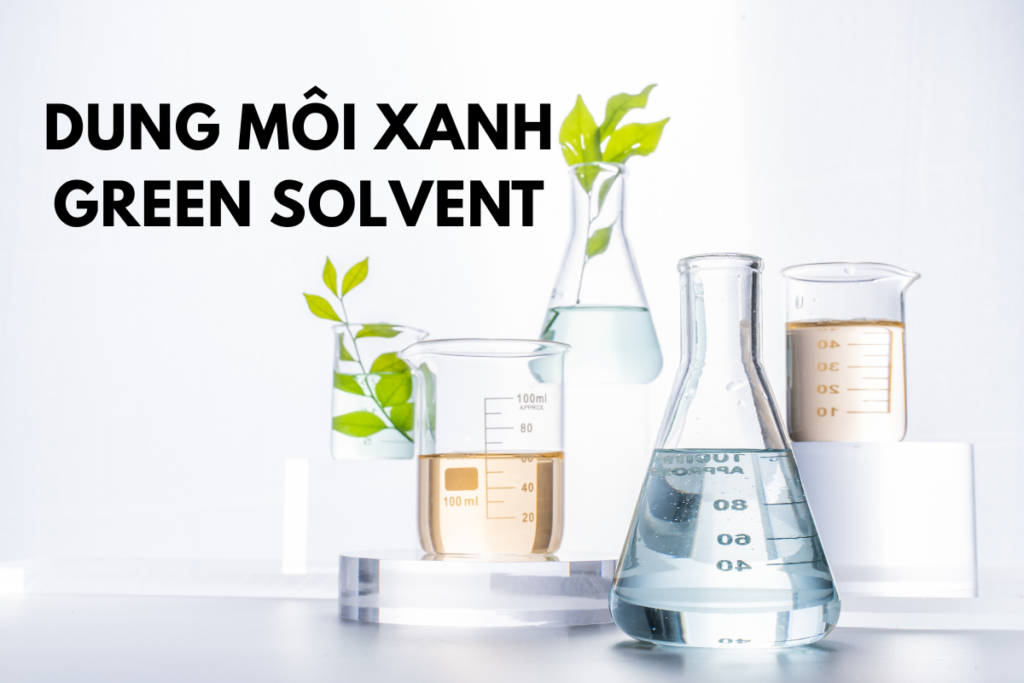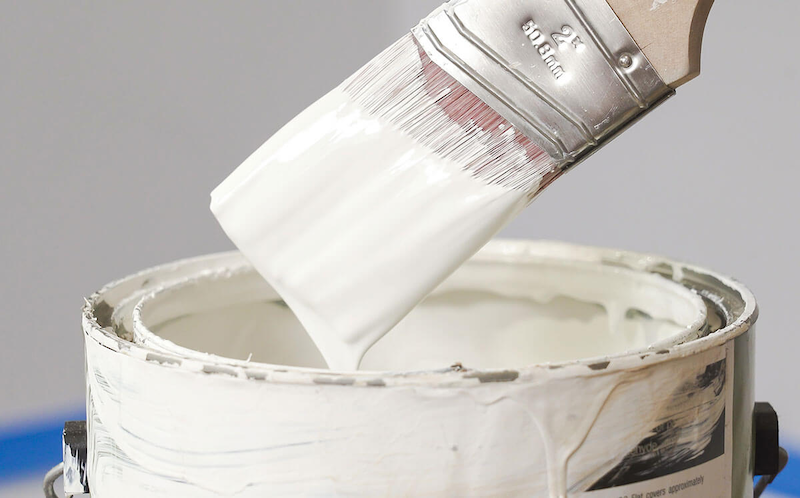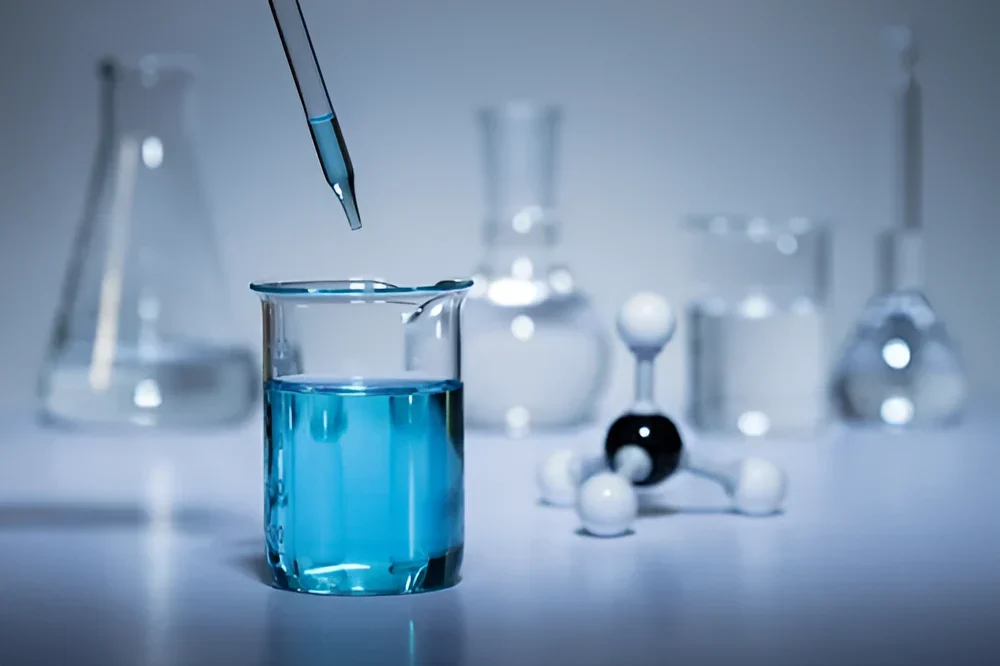Guide to Proper Epoxy Paint and Solvent Mixing Ratios – Simple and Technical
14/07/2025
|
Industry news
Epoxy paint is one of the top choices in interior renovation projects. However, to achieve the best results, determining the correct mixing ratio of Epoxy paint and solvent is extremely important. If mixed improperly, the paint may become too thin, have poor adhesion, or fail to meet construction standards. In this article, we will explore what Epoxy paint is, how to mix it correctly, and important considerations during application.
What is Epoxy paint?
Epoxy paint is an industrial coating made from Epoxy resin combined with a hardener to create a durable layer with strong adhesion on various surfaces such as concrete, metal, wood, or tiles. This type of paint stands out for its properties such as corrosion resistance, high strength, chemical resistance, waterproofing, and a glossy finish. It is commonly used in areas like factory floors, warehouses, garages, hospitals, or other spaces that require high durability and hygiene.
Epoxy paint is usually applied in two main layers: a primer layer to enhance adhesion and a topcoat layer for protection and aesthetics. Depending on the intended use, additives may be mixed into Epoxy paint to increase slip resistance, heat resistance, or static dissipation.
Essential components of Epoxy paint
- Binder: A key component that helps the paint adhere firmly to the surface and forms a protective film.
- Filler: Improves characteristics such as hardness, gloss, and drying time of the coating.
- Pigment: Provides color and also affects coverage, gloss, and durability of the paint.
- Additives: Special chemicals added according to specific formulas to adjust paint properties, prevent mold, sagging, or enhance adhesion.
- Solvent: Dissolves the resin in the paint and thins the paint for easier application.
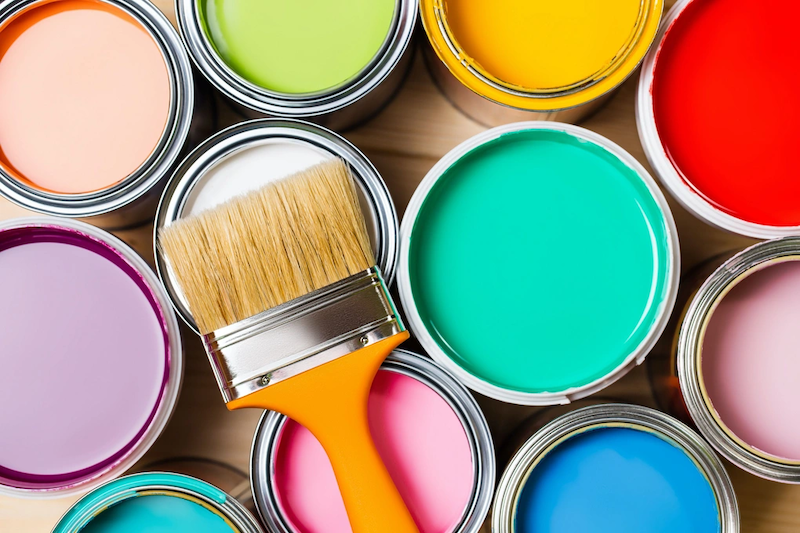
Factors affecting the mixing ratio of Epoxy paint and solvent
The mixing ratio of Epoxy paint and solvent depends on multiple factors that influence the viscosity, application method, and effectiveness of the final coating. Below are the main factors:
1 – Type of Epoxy paint and manufacturer’s formula
Each Epoxy paint manufacturer (such as Jotun, KCC, Sika, etc.) typically provides specific mixing ratios between Epoxy resin (part A), hardener (part B), and solvent (if needed). These ratios are designed to ensure optimal chemical reactions, so it is important to follow the manufacturer’s instructions.
2 – Intended use
- For thick coatings (self-leveling systems), a lower solvent ratio or no solvent is needed to maintain viscosity.
- For thin coatings or spraying on metal surfaces, solvents may be added (typically 5 – 15%) to reduce viscosity for easier application.
3 – Application method
- Spraying: Requires more solvent to thin the paint for smooth spraying through a spray gun.
- Brushing or rolling: Less solvent is needed as the paint doesn’t have to be highly diluted.
- Self-leveling pouring: Usually requires little to no solvent to retain natural flow characteristics.
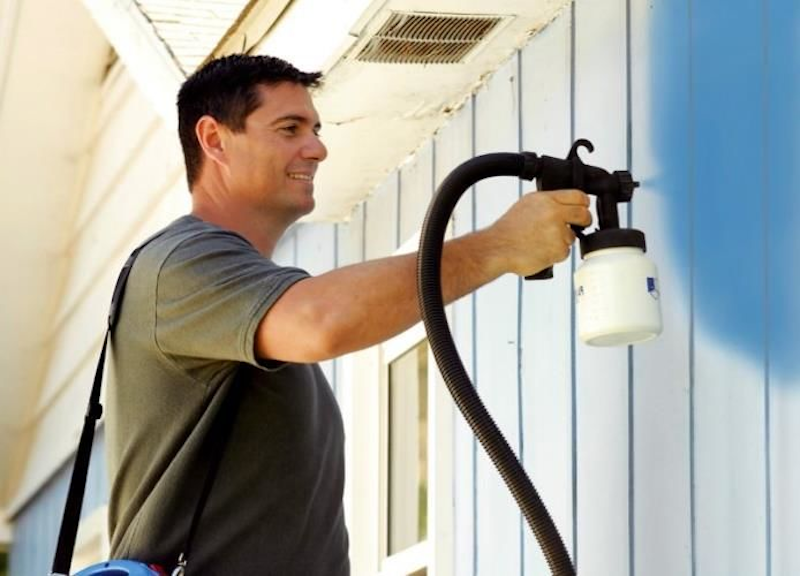
4 – Environmental conditions
- Temperature: High temperatures can cause the paint to dry faster, requiring more solvent to extend working time. Conversely, in low temperatures, less solvent may be needed to prevent over-thinning.
- Humidity: High humidity can affect curing. Solvent levels may need adjustment to prevent water spots or uneven drying.
5 – Type of solvent used
Common solvents for Epoxy paint include xylene, toluene, or specific solvents recommended by the manufacturer. The type of solvent affects evaporation rate and thinning properties, thus impacting the mixing ratio.
6 – Desired paint layer thickness
Thin layers require more dilution (increased solvent), while thick layers need higher viscosity (less solvent).
7 – Condition of the application surface
Porous, absorbent surfaces (such as old concrete) may require thinner paint to penetrate deeper and enhance adhesion, leading to solvent ratio adjustments.
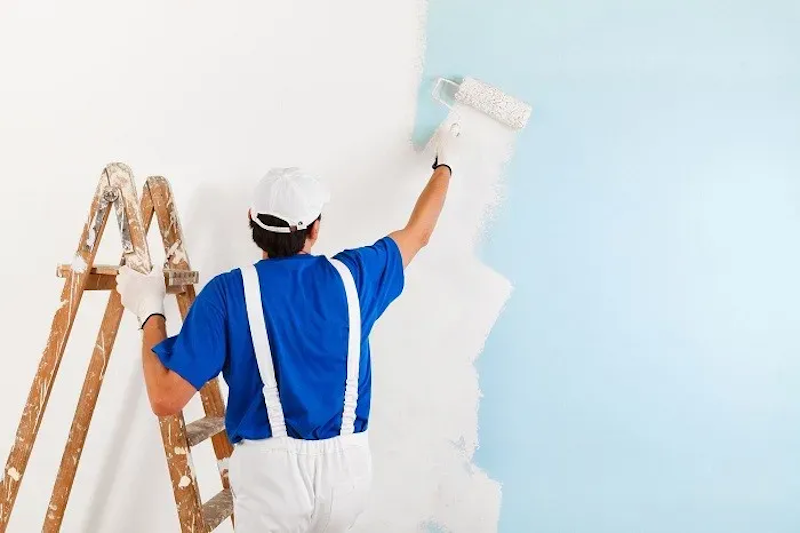
Instructions for Checking Epoxy Paint and Solvent Mixing Ratios
- Step 1: Search for the name of the paint you want on Google or other search engines.
- Step 2: Find the official website of the paint manufacturer.
- Step 3: Click the link that leads to the product.
- Step 4: Look for the phrase “Technical Data Sheet.”
- Step 5: Click to download.
- Step 6: Locate information labeled “Ratio” or “Mixing.”
- Step 7: Review the information.
Suggested 4 Common Epoxy Paint Mixing Ratios (With and Without Solvent)
The typical mixing ratio of epoxy paint to hardener is 4:1 (4 parts base paint to 1 part hardener), with a common solvent ratio of 5 – 10%. However, the actual ratio of epoxy paint and solvent can vary depending on several factors. Below are 4 suggested mixing ratios both solvent-free and with solvent frequently used by experts for your reference:
Basic Epoxy Paint Mixing Ratio (Without Solvent)
Epoxy Resin (Part A) : Hardener (Part B) – This is the standard mixing ratio before adding any solvent, typically used for self-leveling paint or thick coatings that do not require thinning:
- 2:1 (2 parts resin, 1 part hardener)
- 4:1 (4 parts resin, 1 part hardener)
- 1:1 (for certain special types of paint)
Common Epoxy Paint and Solvent Mixing Ratios
Thin Coating or Application by Roller/Brush:
- Solvent Ratio: 5 – 10% of the total weight of the A+B mixture.
- Example: For 100 liters of A+B mixture, add 5 – 10 liters of solvent (xylene or a recommended specialized solvent).
- Purpose: To reduce viscosity, making the paint easier to roll and allowing better surface penetration.
Spray Application Using Spray Gun:
- Solvent Ratio: 10 – 20% of the total weight of the A+B mixture.
- Example: For 100 liters of A+B mixture, add 10 – 20 liters of solvent.
- Purpose: To make the paint thinner, allowing for smooth and even spraying.
Primer Coat (Sealer Layer):
- Solvent Ratio: 10 – 15% of the total weight of the A+B mixture.
- Example: For 100 liters of A+B mixture, add 10 – 15 liters of solvent.
- Purpose: To enhance deep penetration into concrete or metal surfaces.
Important Notes When Mixing with Solvent
- Mixing Order: Always thoroughly mix Part A and Part B first before adding the solvent, then stir the whole mixture evenly.
- Solvent Type: Only use solvents recommended by the manufacturer (commonly xylene, toluene, or specialized thinner).
- Limit: Do not exceed 20% solvent (unless specified), as this can degrade the quality of the coating (durability, gloss, corrosion resistance).
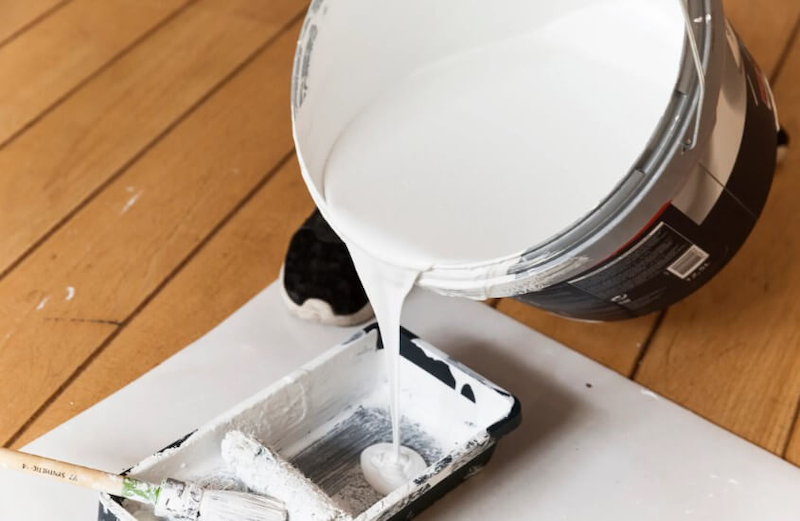
Properly mixing epoxy paint with the right ratio not only ensures the quality of the project but also enhances the durability and aesthetics of your home. Understanding the common mixing ratios for epoxy paint and solvents, along with essential precautions, will help you achieve optimal results. Always be meticulous in every mixing step to ensure long-lasting and high-quality finishes.
Contact K-Chem – A trusted provider of high-quality, ready-mixed paint products tailored to your needs. Leave your information or get a free consultation from our experienced experts via the contact details below:
K-CHEM VIETNAM CO., LTD
- Address: N6B Road, Lot F, Phu Chanh 1 Industrial Cluster, Phu Chanh Ward, Tan Uyen City, Binh Duong Province, Vietnam
- Tel: +84 274 362 0218
- Email: info@k-chem.vn


